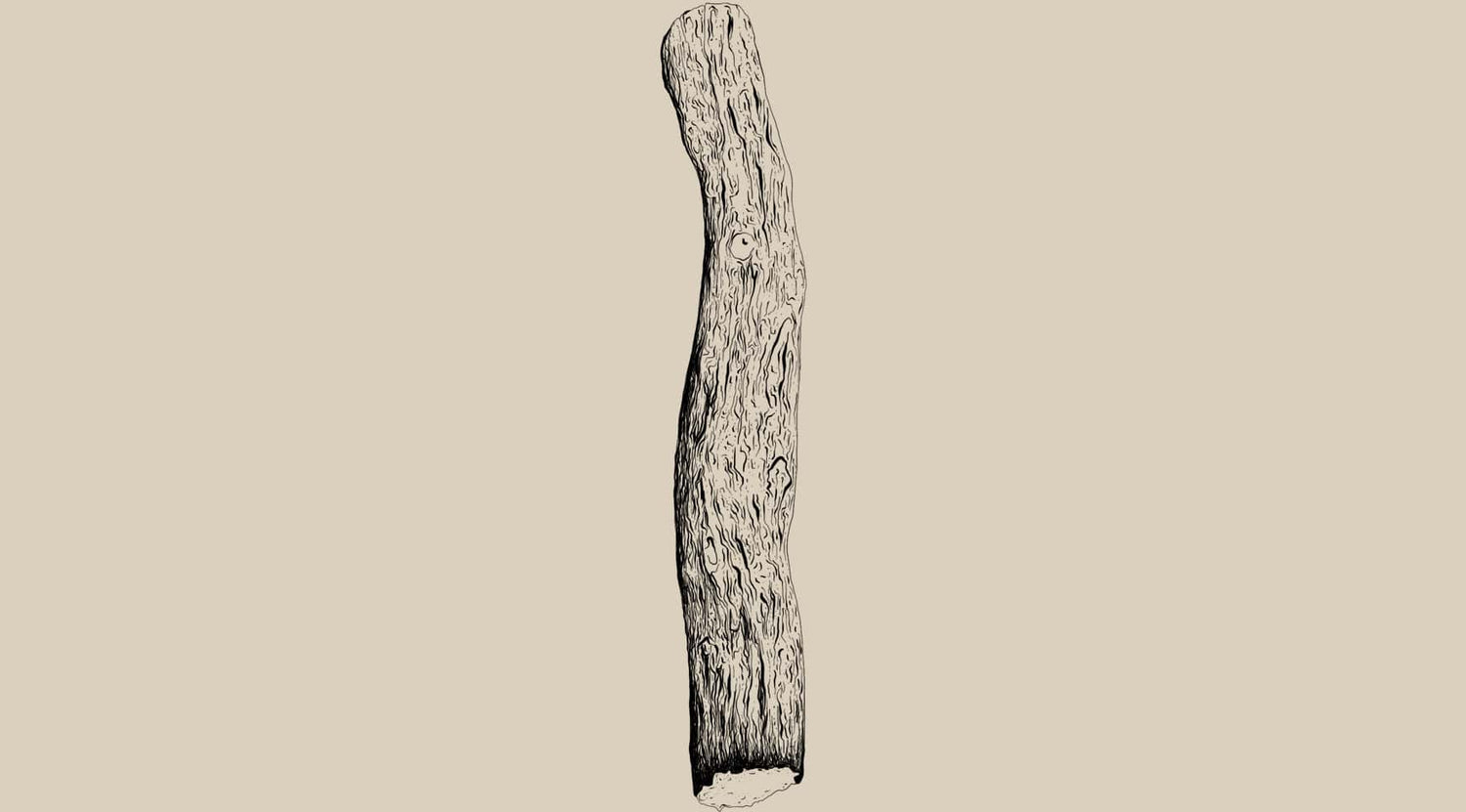The Support Crew
Perfect for: Supporting collagen formation and gastrointestinal health. Bundle contains:
- Collagen Booster - 50 mL oral liquid. A delicious beauty blend with vitamin C derived from Acerola, Camu Camu, Baobab and other superfruits to support collagen formation for glowing skin.
- Licorice - 90 mL oral liquid. Traditionally used in Western herbal medicine to support gastrointestinal system health and relieve mild gut inflammation.
Purchase any two items, get your choice of free Mushroom powder.
Couldn't load pickup availability
Description
Description
Serving Suggestion
Serving Suggestion
Active Ingredients
Active Ingredients
Sourcing
Sourcing
Consciously Created
Australian Made
No Added Dairy
No Added Gluten
No Added Soy
Plant Actives
Responsible Packaging
Vegan

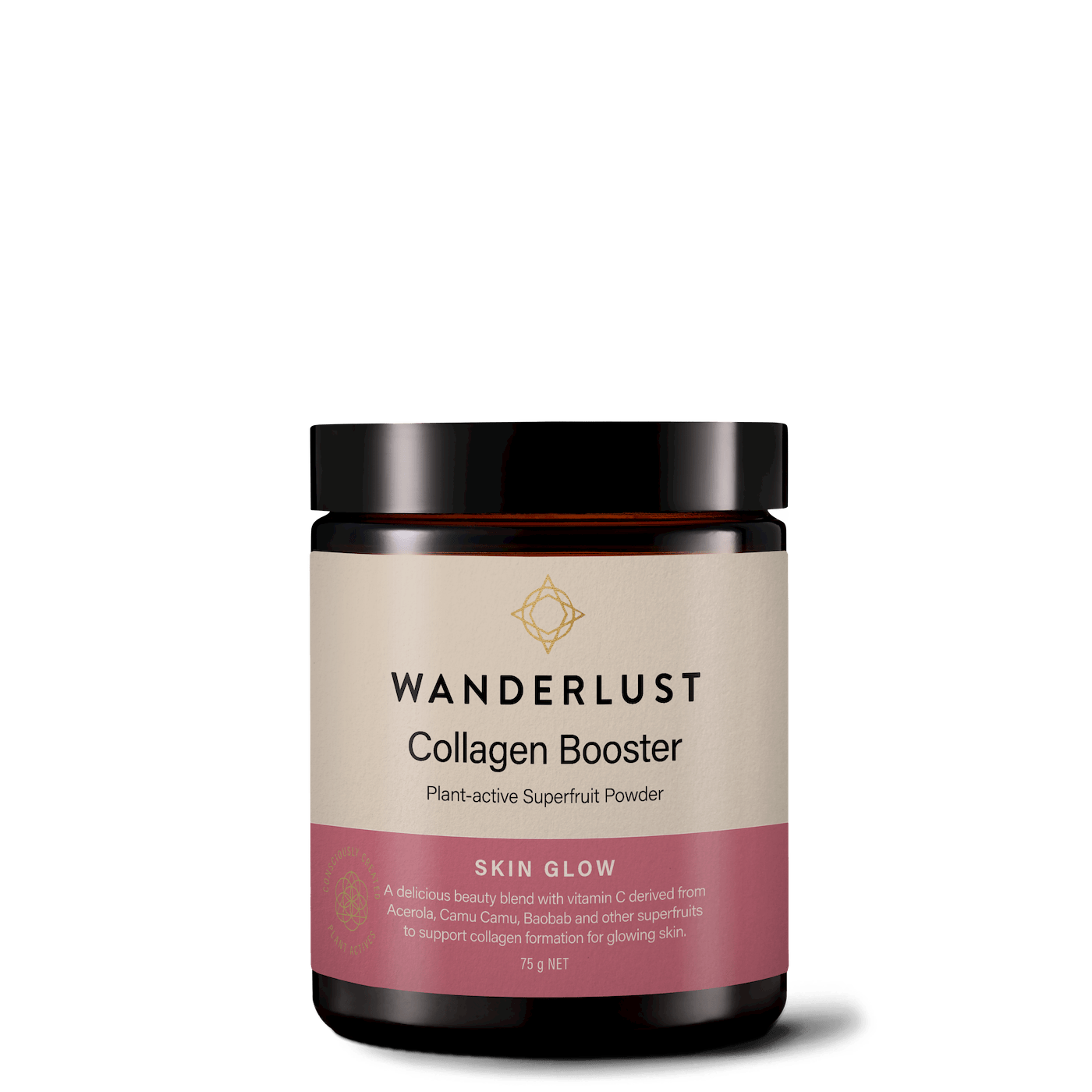
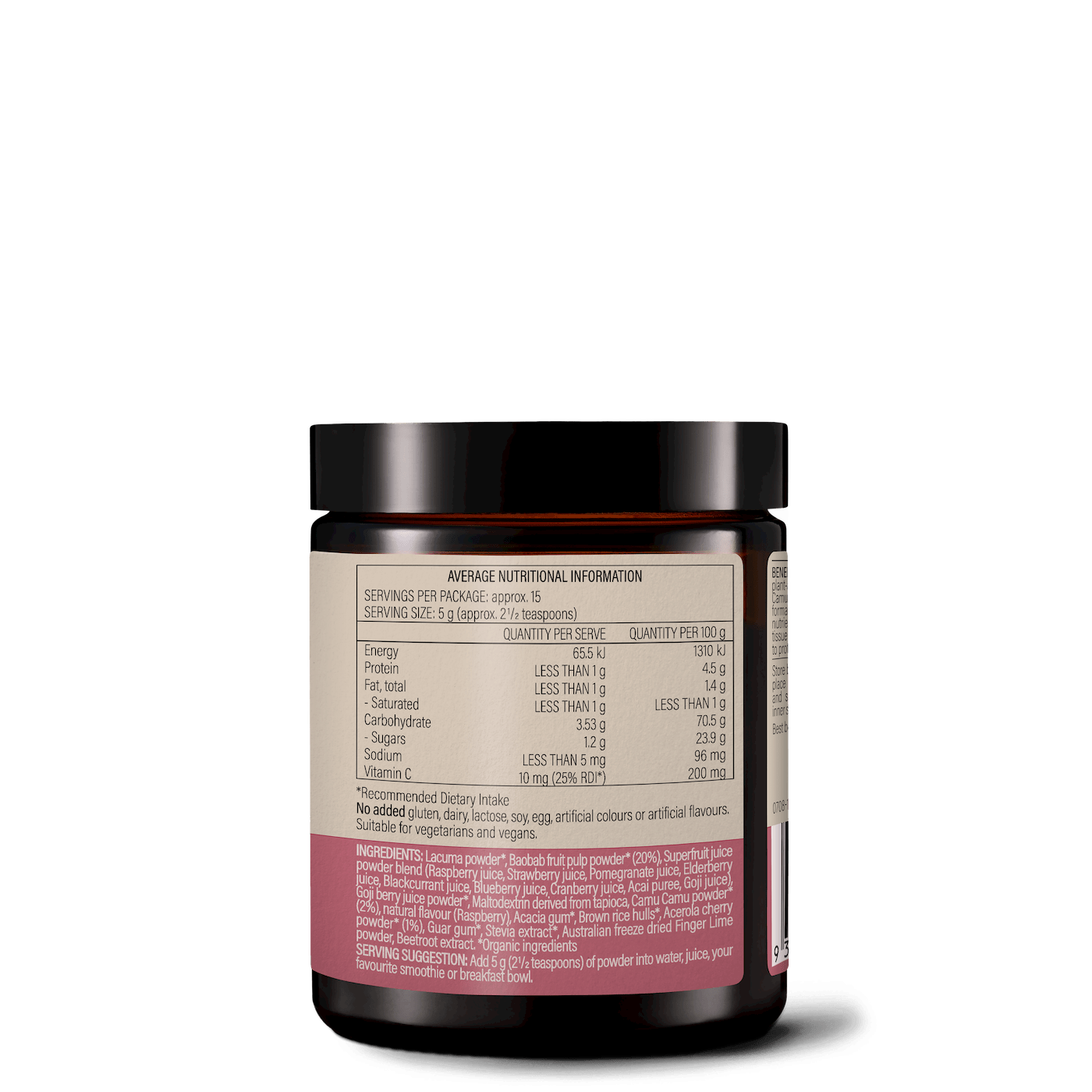
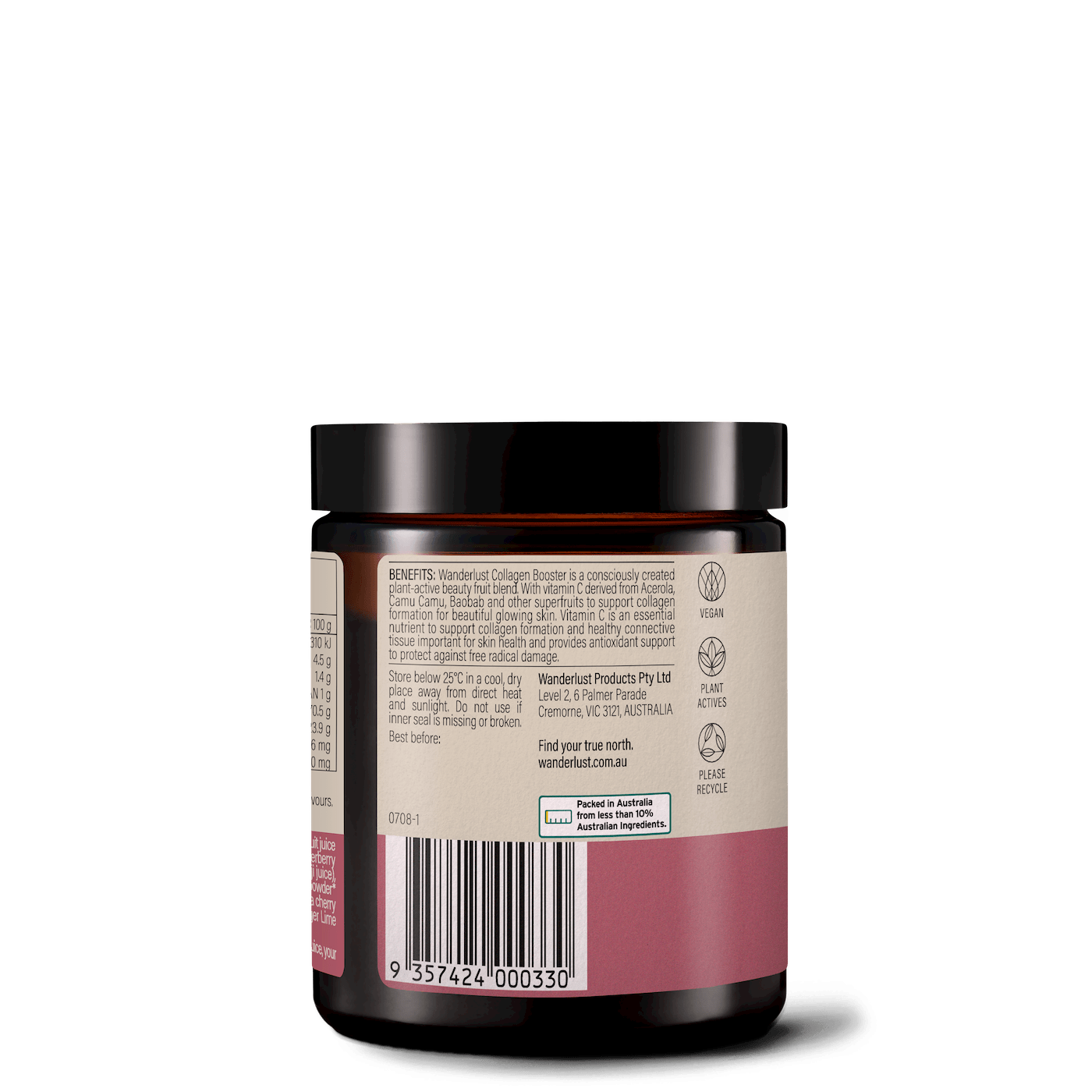
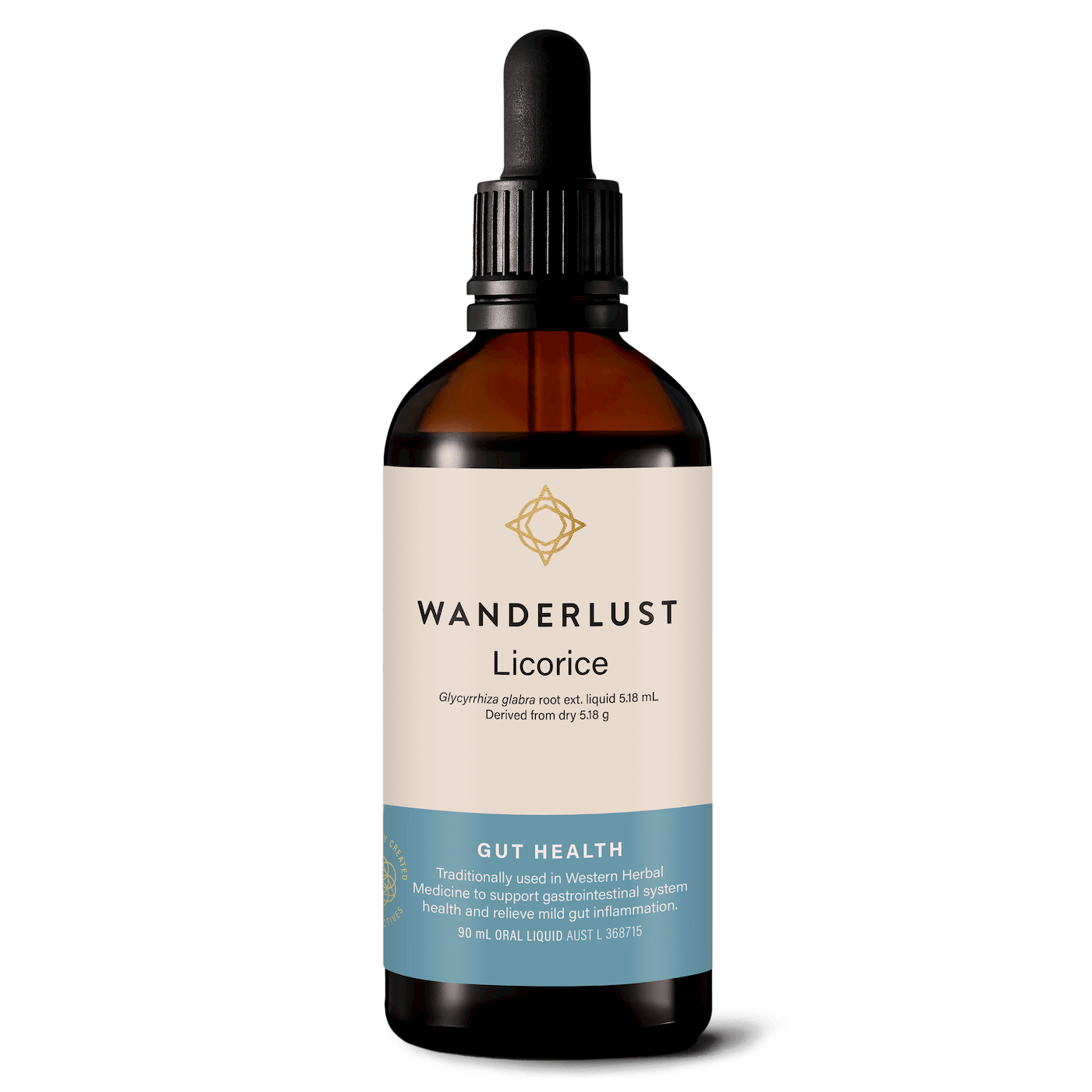
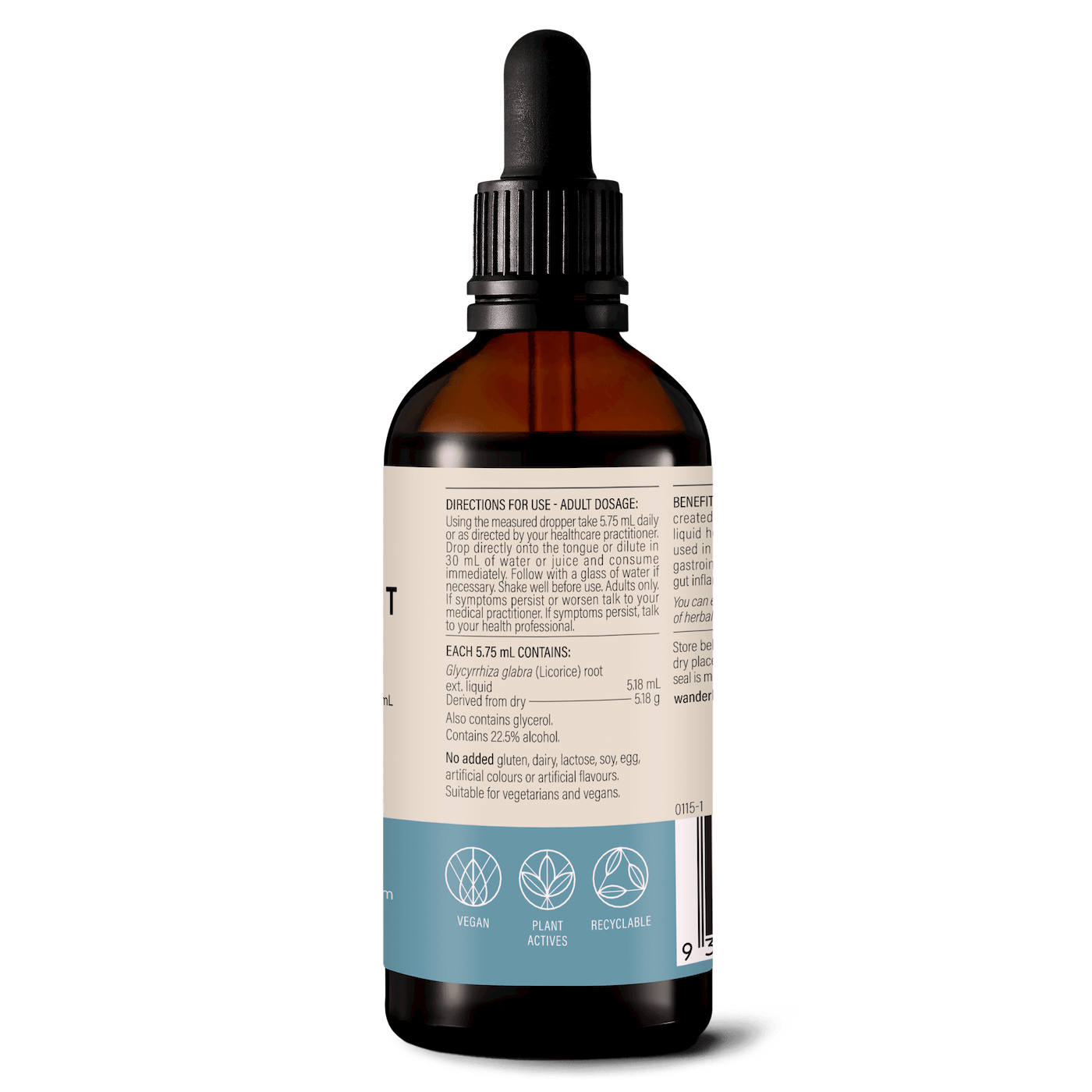
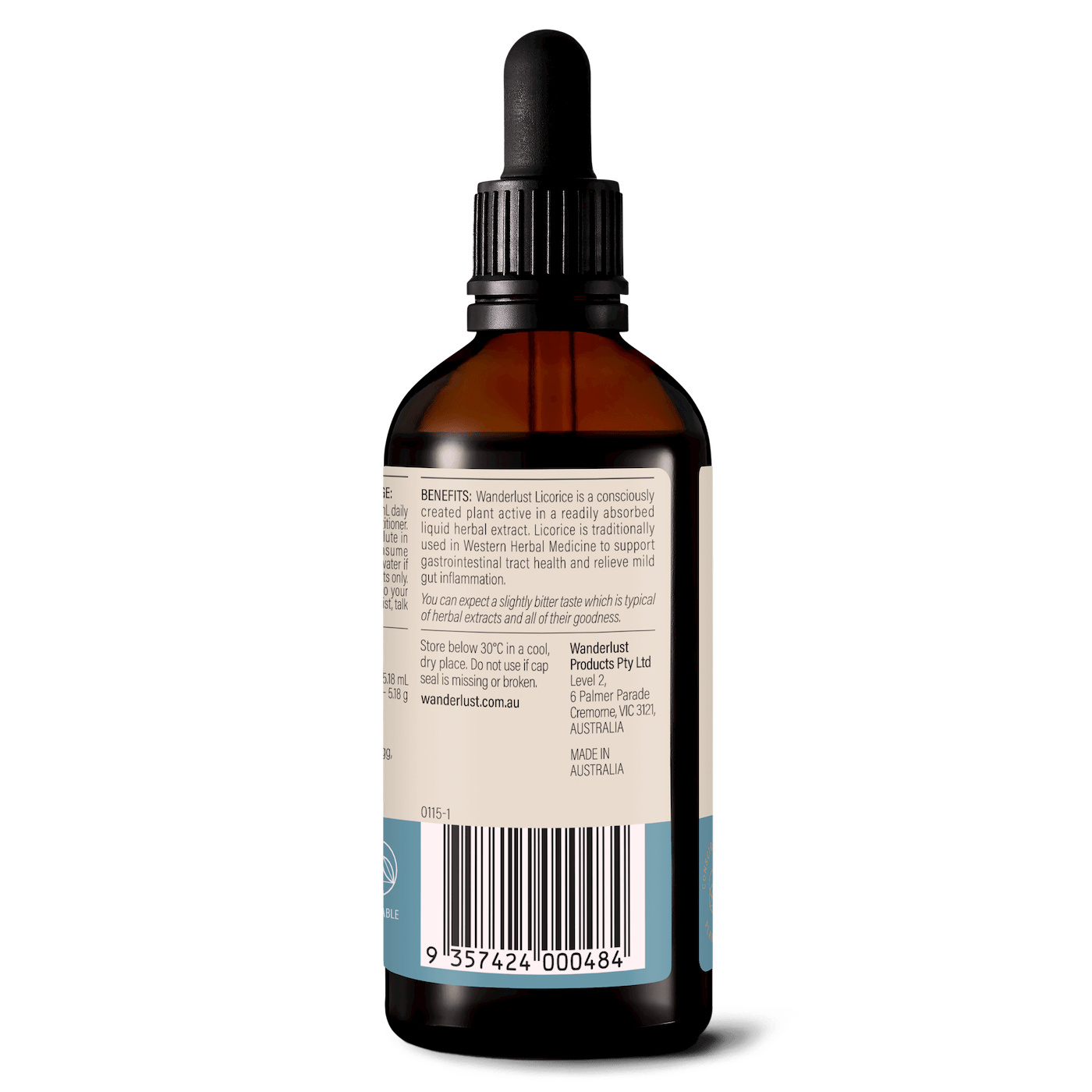
Ingredients
Acerola
Malpighia glabra
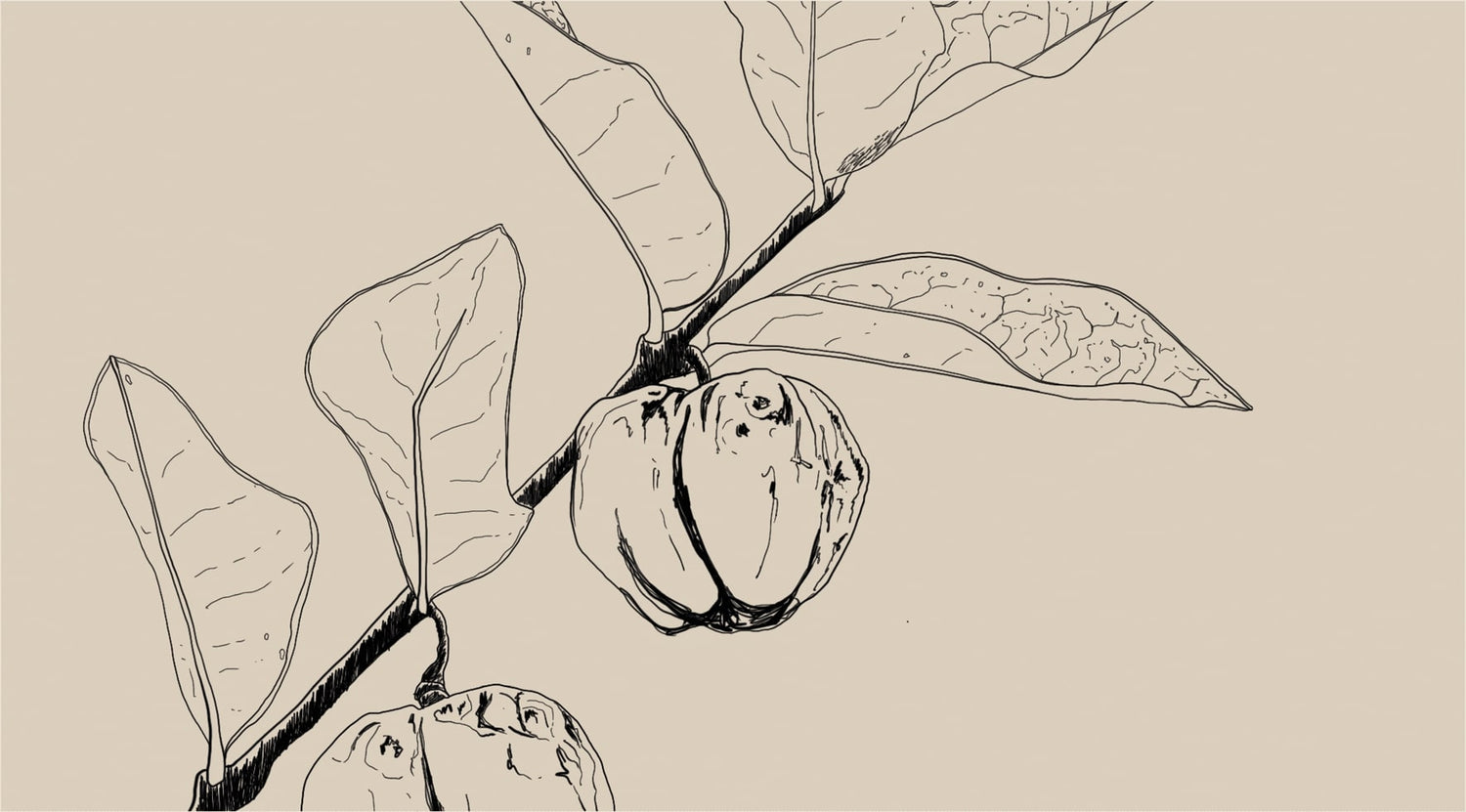
Baobab
Adansonia digitata
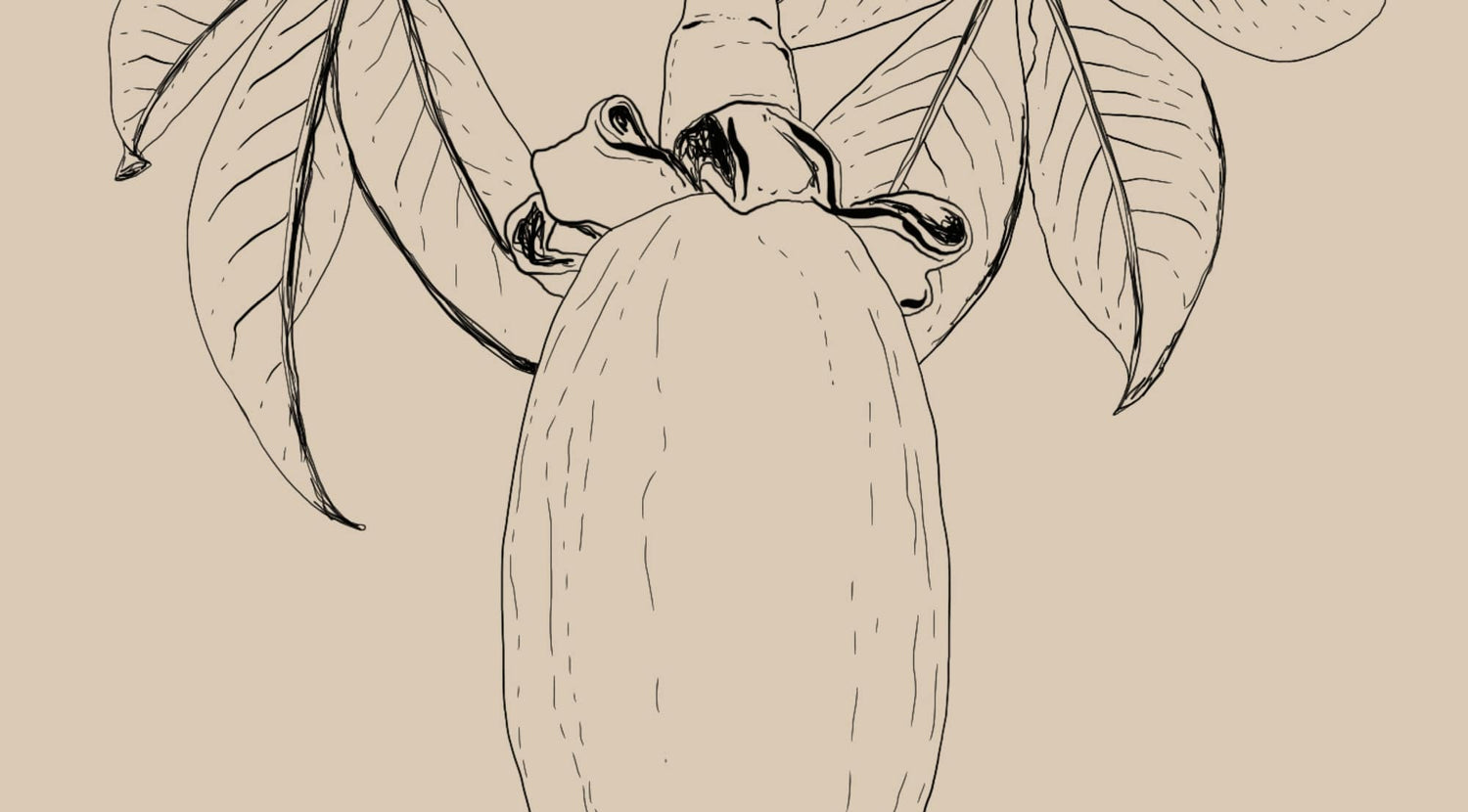
Camu Camu
Myrciaria dubia
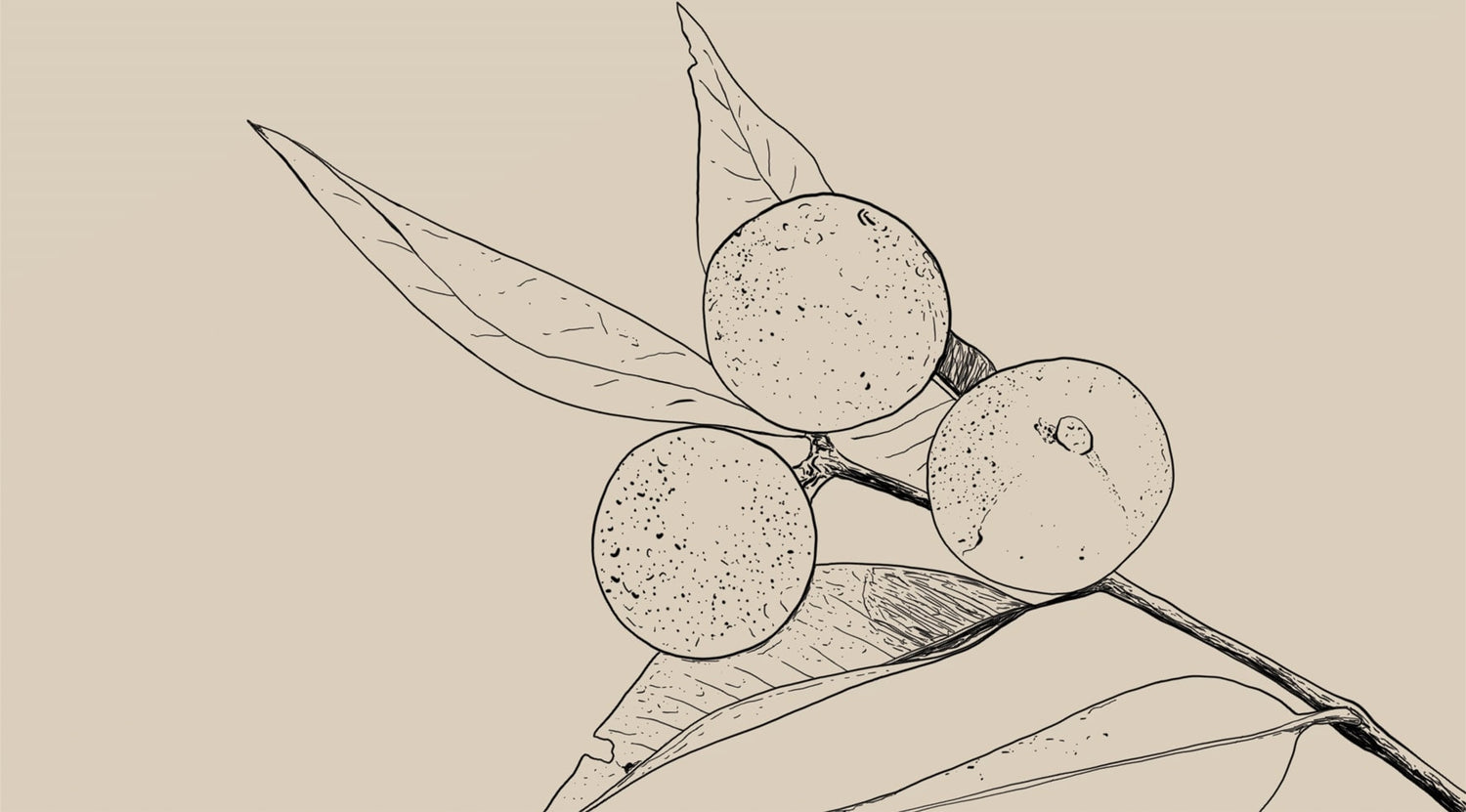
Goji Berry
Lycium barbarum
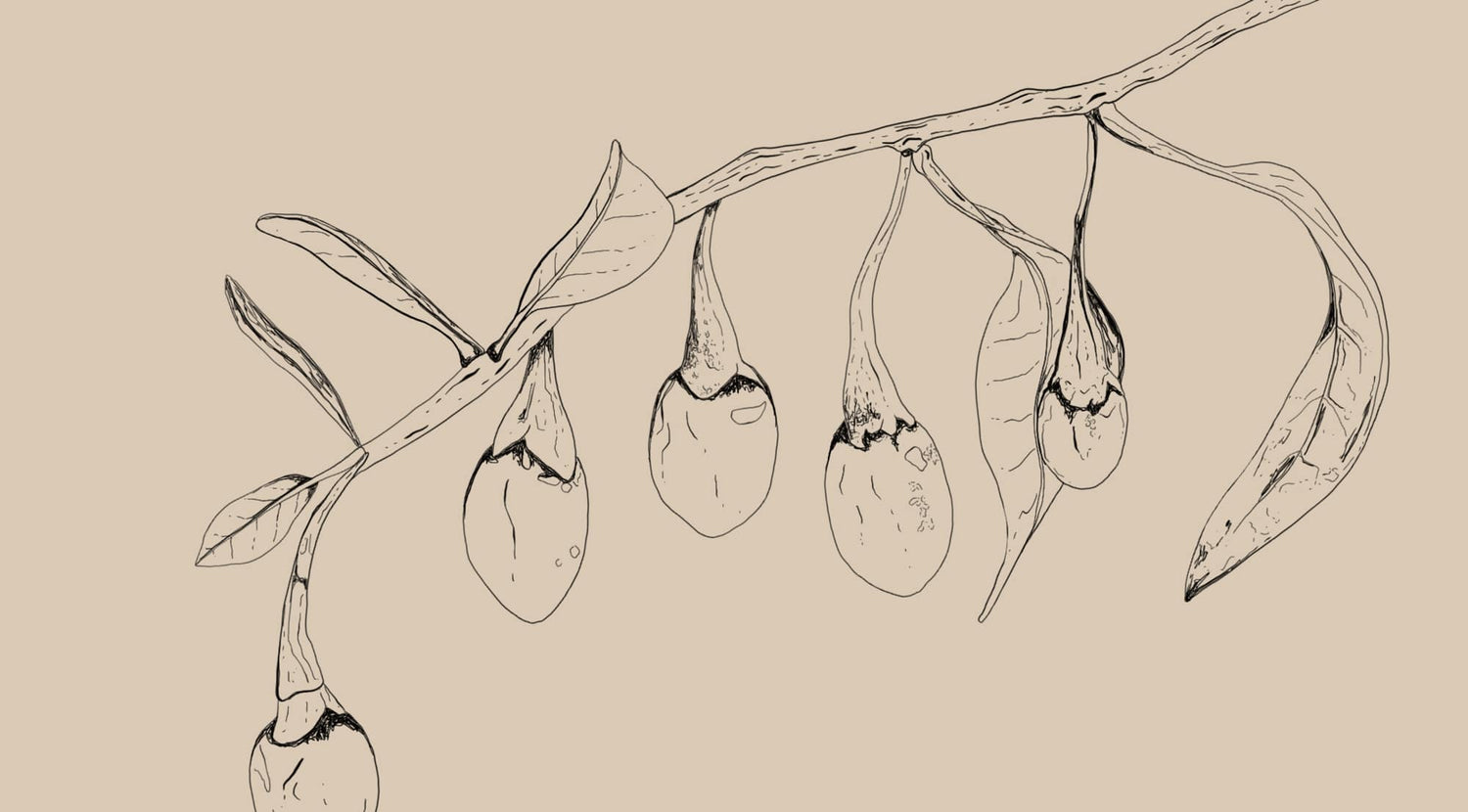
Finger Lime
Citrus australasica
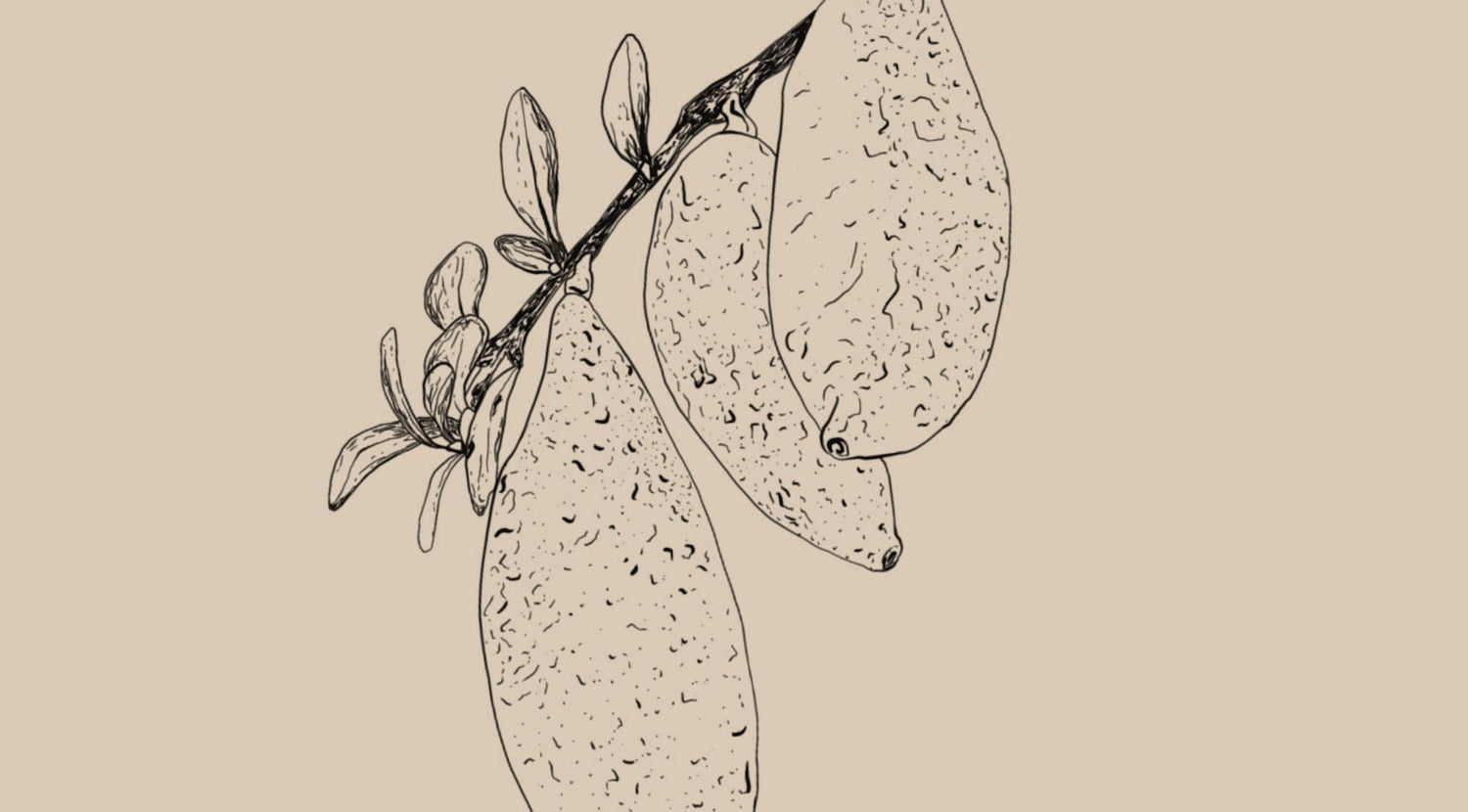
Licorice
Glycyrrhiza glabra
